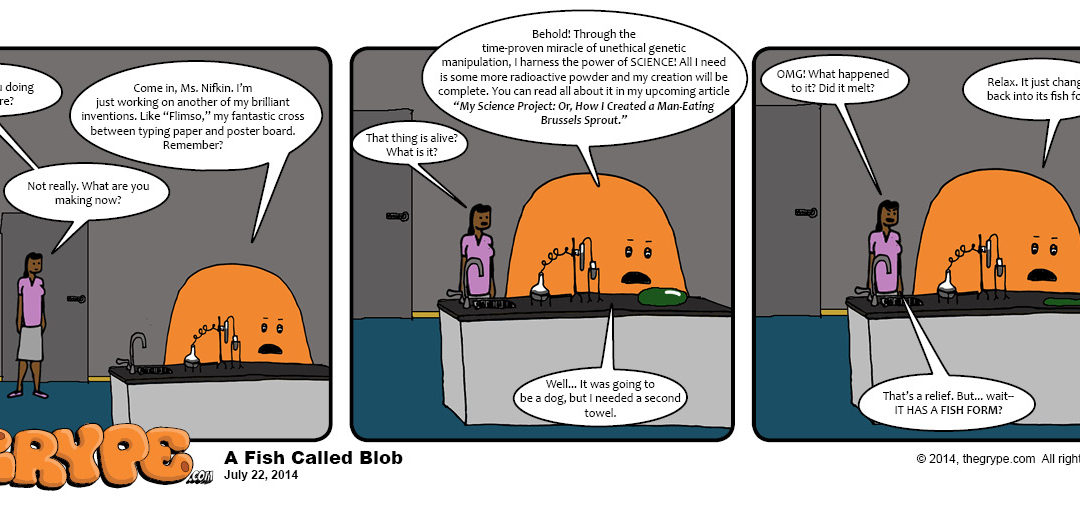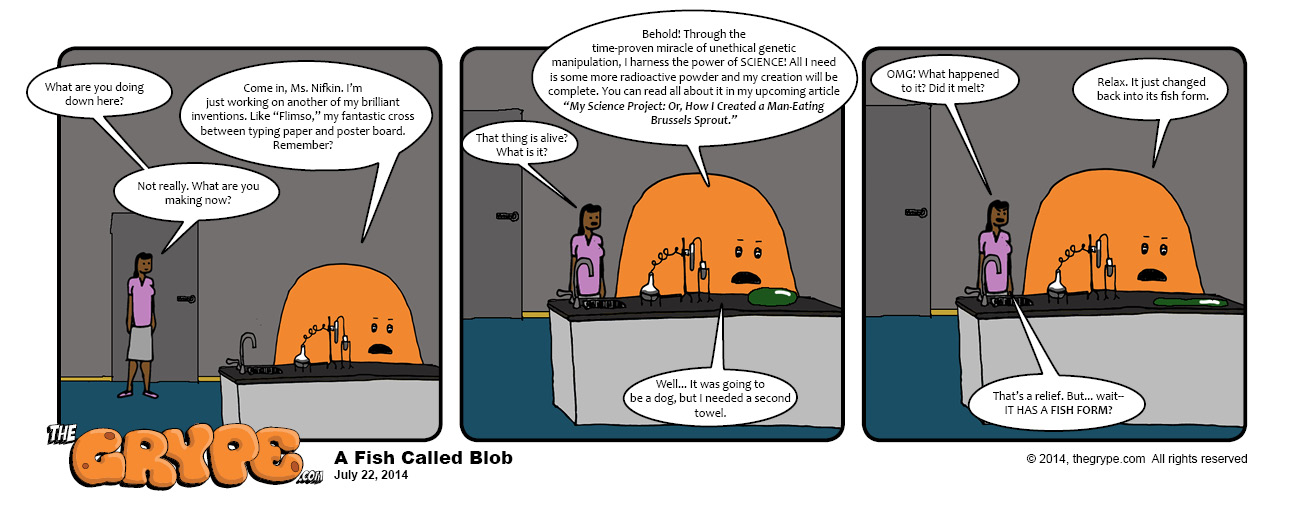World War II ended with the USA alone in the winner circle. By any measurement, America won that war. Not because we suffered longest; not because we fought hardest and sacrificed most; and not because we absorbed the greatest losses while meting out the most damage to our enemies— we didn’t. Those awards go to France, Britain, and the Soviet Union, respectively. We came into the war late and skipped a lot of nasty bits at the beginning, were never really invaded or bombed on our native mainland soil, and our economic power and production capability— instead of being exhausted or destroyed— actually GREW in response to the conflict. Of all the great nations that fought in that war, everybody blew up everyone else’s country and got blown up and looted in turn… except us. So when V-J Day finally came, the United States— alone among the major combatants— stood virtually unscathed.
In the post-war years, that fortunate position gave America an incredible advantage over the rest of the world (much of which would spend lean decades rebuilding). Americans doubled down and expanded industrially as the chief supplier of materials used in that construction. America prospered and became rich enough to take a leadership position in the world– a position it has yet to surrender.
The influx of wealth created by this process changed The American Dream from its pre-Depression “Rags to Riches” Mythology into a whole NEW mythology, one built around the rise and expansion of the Middle Class. The new American ideal was no longer envisioned as the acquisition of wealth by a few lucky individuals; in the post-war dream, American companies would hire the masses and elevate them to salaried white-collar jobs and comfortable suburban houses. The American Dream of the 1950’s was a Middle Class dream— a dream of comfort and comformity, in which poverty would be abolished by raising the working class up into the burgeoning Middle Class, governed by a Neo-Victorian morality devoted to maintaining the veneer of that mass delusion while ignoring all contradictory evidence.
That dream couldn’t last. As has always happened throughout history, wealth and leisure combined in the growing Middle Class to enable discontent among the children of the suburbs. That new generation pushed back against the social constraints of their parents. Meanwhile, the rest of the industrial world— now rebuilt— again became competitive in world trade. The golden age of endless expansion was over, inspiring sudden desperation among economists who had never envisioned anything else.
The forces of corruption burst into public view, forcing disillusioned idealists to realize how limited were their social reform efforts. Awaking from its post-war dream, America found itself precariously propped-up and assaulted on all fronts— economically, militarily, culturally, and socially. A decade long malaise followed, while the nation cast about for a new American Dream. When it finally came, it was a dream of blind faith in the might of American wealth and willpower, openly spurred by greed. The Dream of the Middle Class was again supplanted by The Myth of Rags to Riches, and the cult of conspicuous consumption resumed its former supremacy.
Today we experience the results of that process. 1950’s glorification of social conformity (“everybody average like everybody else”) established a cultural baseline around the concept of the “C student.” “C” was “average,” and average was okay. It was even to be desired— few 1950’s parents wanted their kids to be the type of “egg head” that sticks out as unusual. Conformity— and average normality— were the goal.
1960’s social progressivism pushed for better education, hoping to improve the average. That push gave weight to academic elitism, and suddenly everyone was pursuing a college degree and the job security it seemed to offer. But social pressure to produce above-average students became a trap in the 1980’s when elitism became the new fashion. Suddenly “average” was no longer good enough and schools began to slyly lower the requirements, so more students could achieve those oh-so-important “A” grades. A subjective mask of inflated “excellence” infected our scholastic system and those “A”s— and eventually, the very college degrees they spawned— became devalued.
When this trend was unmasked in the 1990’s, standardized testing was instigated to ensure that schools were producing educated graduates. But it backfired: when financial pressure was applied, desperate schools responded by concentrating NOT on fully educating students, but rather on training them to score in the upper percentile on narrowly-defined tests.
Our society became ever-more hyper-litigious from the 1970’s into the ’90s, fueling a legal industry full of ambitious law grads who now brought new pressure on our school system. Not only could schools be defunded for failing to produce high-scoring kids (no matter the natural aptitude of the child), they could be sued by over-demanding parents for the same offense.
No wonder standardized testing has become such a joke in our school system.
You can’t wave a magic wand and turn average students into super-geniuses just because their parents think they ought to be. No matter WHAT letter-grade or number score you bribe teachers to write at the top of their test papers.


